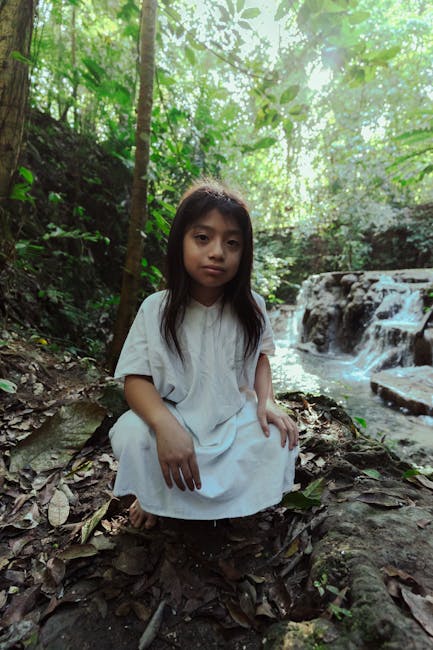Featuring a special pre-recorded message,made specifically for the screening by Eva Longoria Spanish Drácula finds new blood, more than 90 years after its release … NPR (2022)
LOS ANGELES – Oct. 17, 2022 – PRLog — The Latin American Cinemateca of Los Angeles (LACLA) and the UCLA Film & Television Archive proudly co-present the special virtual screening of classic film Drácula, the long-lost film shot on the same set as the Bella Lagossi classic, considered by many critics to be the better of the two films.
The in person free screening of Drácula featuring a specially created taped introduction by Eva Longoria will take place on Saturday, October 29, 2022 at The Billy Wilder Theater located inside the Hammer Museum on 10899 Wilshire Blvd., Los Angeles, CA 90024. Register here (https://www.eventbrite.com/
During the transition from silent films to sound production, Hollywood studios faced a dilemma: How to export English-language films to lucrative non-English speaking foreign markets. Some studios, such as Universal, chose to make multiple versions of the same film featuring the same story told with different actors speaking their native languages. The most famous example of this approach is the Spanish-language version of Drácula in 1931, not only because it survives intact after being thought lost for decades, but also because it arguably rivals—some would say exceeds—the artistry of its counterpart, the 1931 Bela Lugosi film of the same name.
Drácula en Español starred Carlos Villarías (https://www.imdb.com/
The late Tovar reminisced about working the graveyard shift. “We shot all night long till next morning because we used exactly the same sets. As matter of fact, we had the same marks the English cast got; we stepped in the same place. The difference though was that director George Melford and Villarías would watch scenes shot during the day and make small improvements. They were able to set up better camera angles and add more exciting elements.”
Following the same basic plot as the English-language version, Melford brings more creepy webs and more ominous minions to proceedings leading to a longer runtime by about 30 minutes, but even so, he moves the terror along at a quicker pace. More than a historical curio, Drácula stands on its own as an atmospheric horror classic.
While Lupita Tovar (Mexican born Guadalupe Natalia Tovar) had already starred in such films as La Voluntad del Muerto (https://en.wikipedia.org/
More than just a Spanish language version of a classic horror film, Drácula, starring Carlos Villarías (https://www.imdb.com/
DCP, b&w, 103 min. Director: George Melford. Screenwriter:
Special thanks to Guido Segal, program manager, Latin American Cinemateca of Los Angeles.
This program is made possible with funds from the Los Angeles County Arts Commission, the UCLA Film & Television Archive and the many contributors of LACLA’s programs.
About the UCLA Film & Television Archive
A division of UCLA Library, the Archive is internationally renowned for rescuing, preserving and showcasing moving image media and is dedicated to ensuring that the visual achievements of our time are available for information, education and enjoyment. The Archive has over 450,000 film and television holdings conserved in a state-of-the-
About LACLA
Latin American Cinemateca of Los Angeles (LACLA) is a California non-profit organization dedicated to promoting cultural exchange through film by screening classic and contemporary films from Latin America and by USA Latinas and Latinos. LACLA also supports the film and media efforts of Los Angeles inner-city middle and high school students with its annual student film festival. https://www.lacla.org/
